NHS IT - something to celebrate?
To mark the 60th anniversary of the NHS, IT PRO examines the massive IT overhaul at the health services giant.
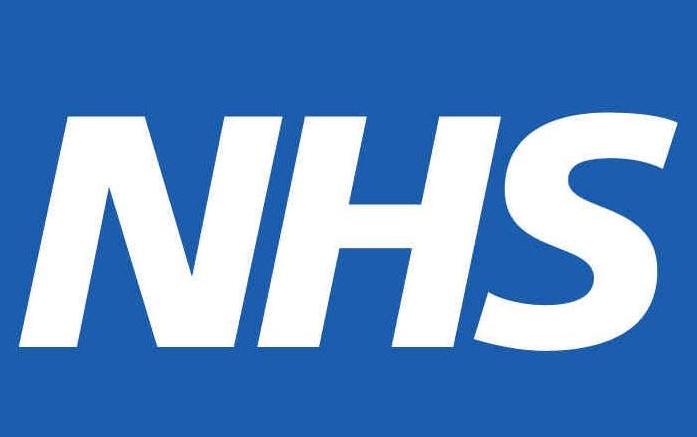

It's been 60 years since the National Health Service first opened its doors. Since its 1948 inception, the behemoth organisation has become a UK institution and a political hot potato. But now it's undergoing its biggest change ever, the introduction of wide-ranging IT systems and new technology-driven business processes.
Generally considered the largest non-military IT project in the world, the National Programme for IT (NPfIT) has also been called the biggest failure. In a government report to MPs, the government's accountability guru Edward Leigh said: "This is the biggest IT project in the world and it is turning into the biggest disaster."
What started in 2003 as a 2.3 billion project set to end in 2010 has turned into a 12.6 billion project expected to finish by 2014, according to a report from the National Audit Office. Fresh trouble with suppliers will likely delay the project even further, and some believe the costs will eventually top 20 billion.
So it's no surprise it's not a popular programme. But there are troubles aside from costs and timelines. Clinicians complain they haven't been involved in the process and NHS IT body Connecting for Health (CfH) has admitted as much. The four major suppliers are now down to two, after Accenture and Fujitsu stormed off. The project can't keep top executives, not since Richard Granger left for greener pastures. Systems have been declared not-fit for purpose or error-ridden, when they manage to get deployed at all. And others are concerned about the very core of the project, all that most personal information being held on a government database no small worry given function creep seen with the national identity database and data breaches from the HMRC.
CfH has grudgingly conceded things could have gone more smoothly.
The project
But taking a step back, what has the project accomplished so far other than to anger so many people? At the moment, the NPfIT is organised into three phases. The first included procurement and the rollout of some pieces of software, but mostly focused on bringing the aged and in places, non-existent infrastructure up to speed. The second phase saw national programmes rolled out; most of these are either finished or at least part way through.
Get the ITPro daily newsletter
Sign up today and you will receive a free copy of our Future Focus 2025 report - the leading guidance on AI, cybersecurity and other IT challenges as per 700+ senior executives
Now, the project is hitting the third phase, which will see national programmes finished up and effort refocused on the three local' systems.
So what are those billions in taxes installing? The NHS now has its own broadband network, called N3, which is effectively one of the largest virtual private networks there is on the planet. Aside from linking up the following systems, it also allows hospitals to move to tech like Voice over IP (VoIP) to save cash in a more traditional business way.
The N3 will be used to access Spine, which is effectively the database and structures supporting the Care Records Service, which will hold and link patient records including (eventually) summary care records, those piles of files which sit at your GP's office. It will also link up the Choose and Book system, which lets patients book their appointments using an electronic booking system, and the Electronic Prescription Service does just what it says on the tin let clinicians send prescriptions to the pharmacy directly. There's also the PACS system, essentially a digital x-ray and image system. And NHSmail is the secure email and directory service for clinicians and other staff.
So to sum: a fancy broadband network, which lets doctors check email, look up patient records, book appointments, send diagnostic images and send off prescriptions. What's so hard about that?
Freelance journalist Nicole Kobie first started writing for ITPro in 2007, with bylines in New Scientist, Wired, PC Pro and many more.
Nicole the author of a book about the history of technology, The Long History of the Future.
-
 Should AI PCs be part of your next hardware refresh?
Should AI PCs be part of your next hardware refresh?AI PCs are fast becoming a business staple and a surefire way to future-proof your business
By Bobby Hellard
-
 Westcon-Comstor and Vectra AI launch brace of new channel initiatives
Westcon-Comstor and Vectra AI launch brace of new channel initiativesNews Westcon-Comstor and Vectra AI have announced the launch of two new channel growth initiatives focused on the managed security service provider (MSSP) space and AWS Marketplace.
By Daniel Todd
-
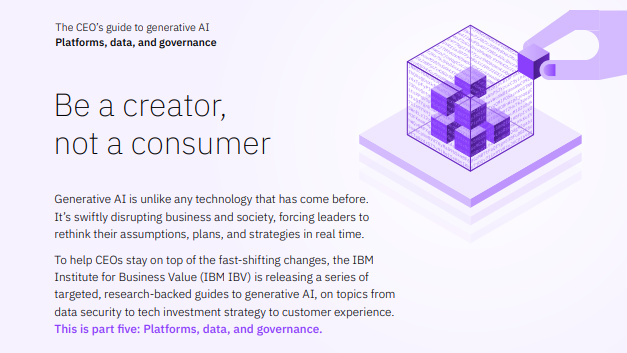 The CEO's guide to generative AI: Be a creator, not a consumer
The CEO's guide to generative AI: Be a creator, not a consumerWhitepaper Innovate your business model with modern IT architecture, and the principles of trustworthy AI
By ITPro
-
 Building a strong business case for GRC automation
Building a strong business case for GRC automationwhitepaper Successfully implement an innovative governance, risk & compliance management platform
By ITPro
-
 Saving the NHS with tech: 5G healthcare and virtual wards
Saving the NHS with tech: 5G healthcare and virtual wardsCase study Can technology cure Britain’s ailing healthcare service? Our three-part series examines how technology can lift Britain’s healthcare system out of its current crisis
By Barry Collins
-
 Saving the NHS with tech: Making blood deliveries by drone
Saving the NHS with tech: Making blood deliveries by droneCase Study Can technology cure Britain’s ailing healthcare service? Our three-part series examines how technology can lift Britain’s healthcare system out of its current crisis
By Barry Collins
-
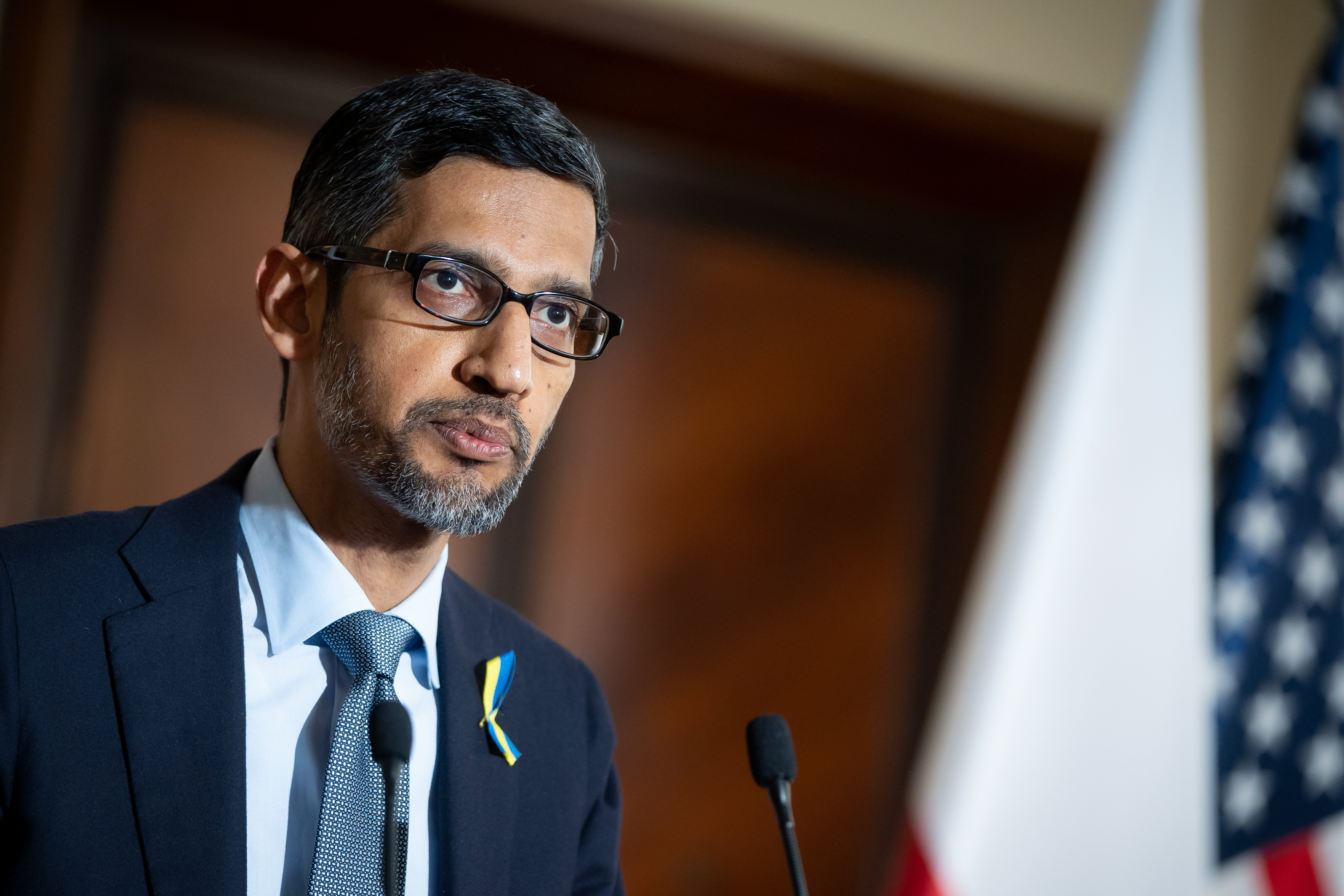 Sundar Pichai: AI keeps me up at night
Sundar Pichai: AI keeps me up at nightNews The Google chief warned that recent AI developments will have a profound impact on society
By Ross Kelly
-
 ChatGPT privacy flaw exposes users’ chatbot interactions
ChatGPT privacy flaw exposes users’ chatbot interactionsNews OpenAI has not expanded on the flaw in detail, nor indicated its reach
By Rory Bathgate
-
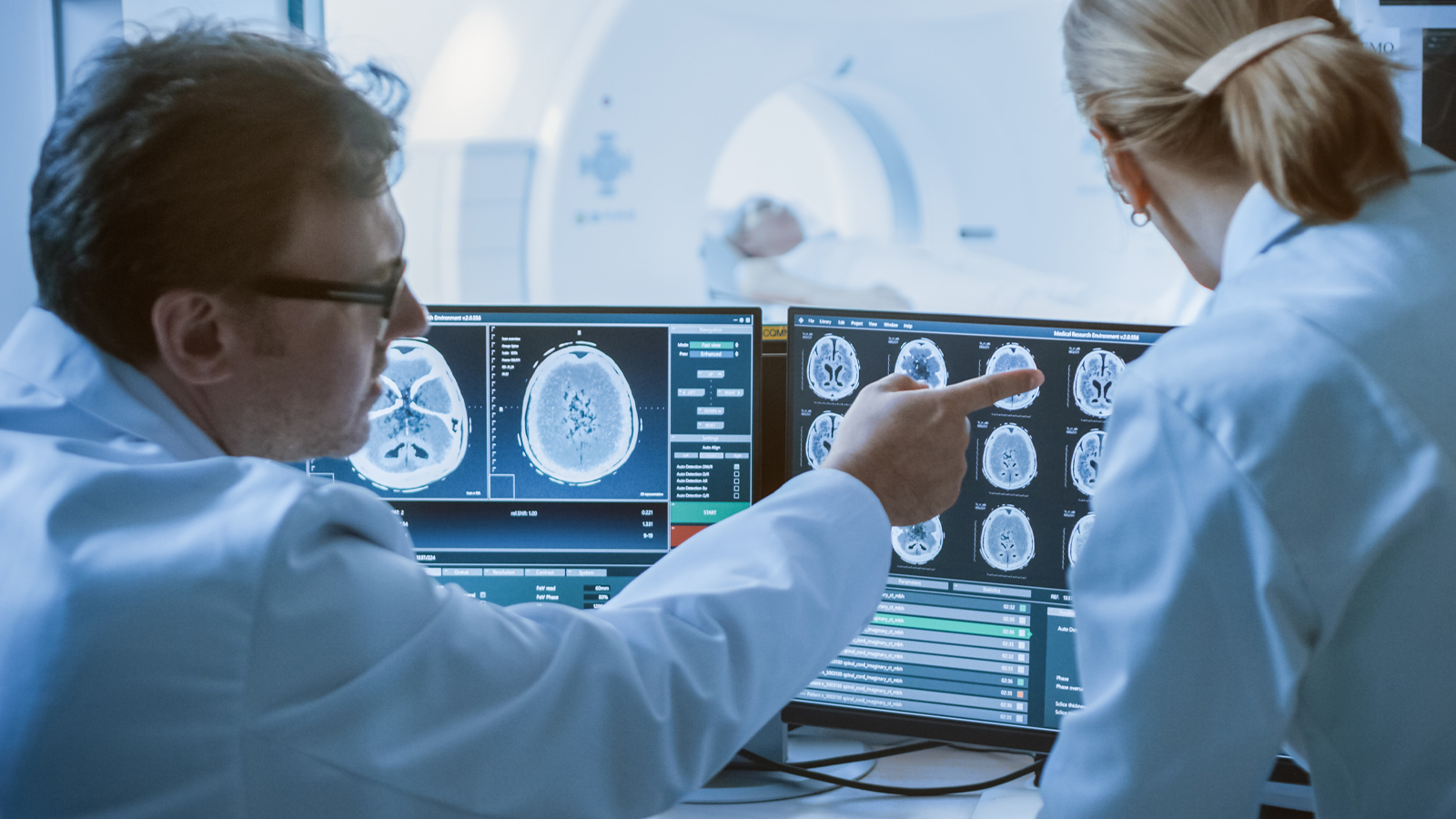 Nvidia rolls out AI platform across NHS hospitals
Nvidia rolls out AI platform across NHS hospitalsNews The platform ensures that patient data never leaves the hospital trust when an AI algorithm analyses medical records
By Zach Marzouk
-
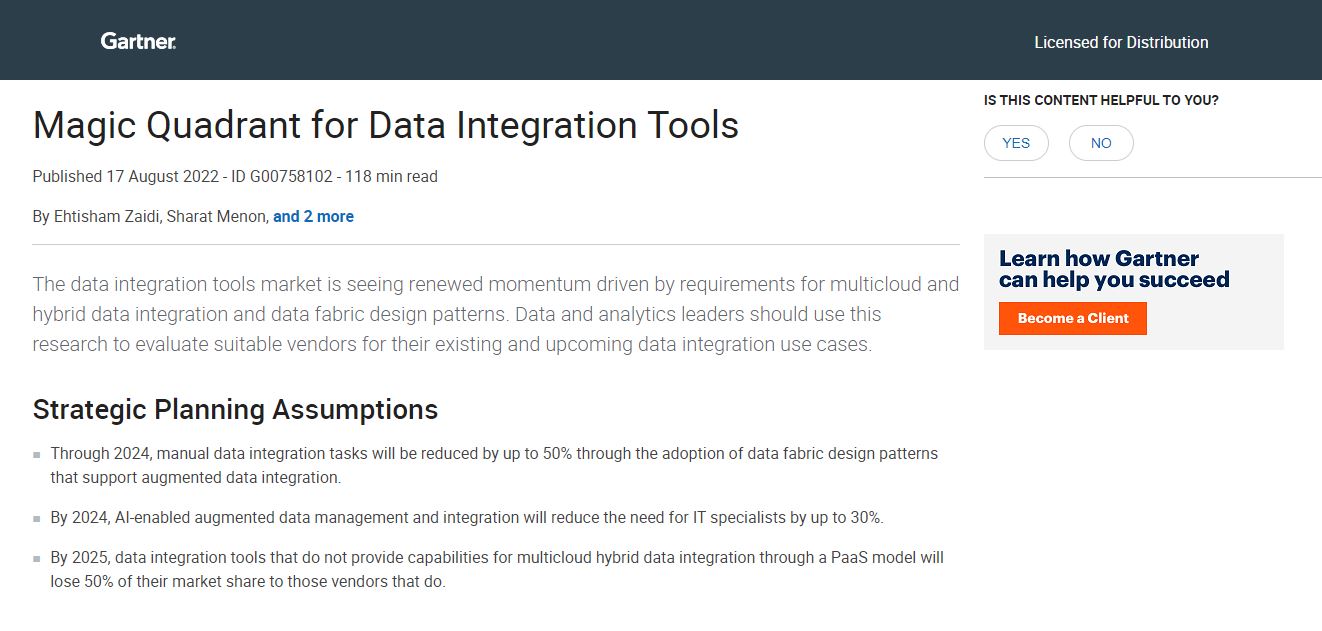 2022 Magic Quadrant for data integration tools
2022 Magic Quadrant for data integration toolsWhitepaper Using research to evaluate suitable vendors for their existing and upcoming data integration use cases
By ITPro